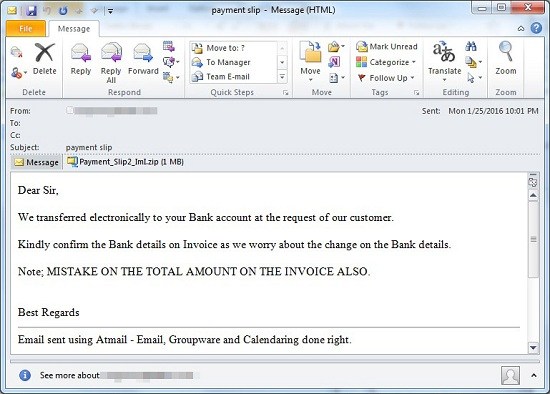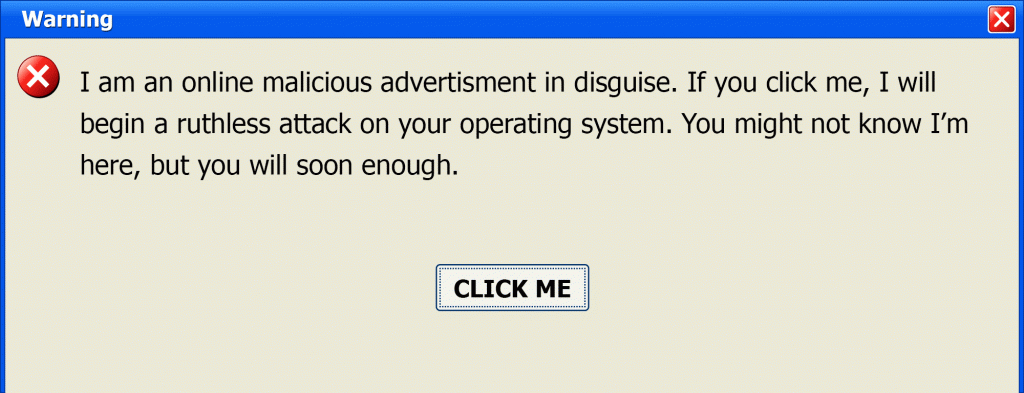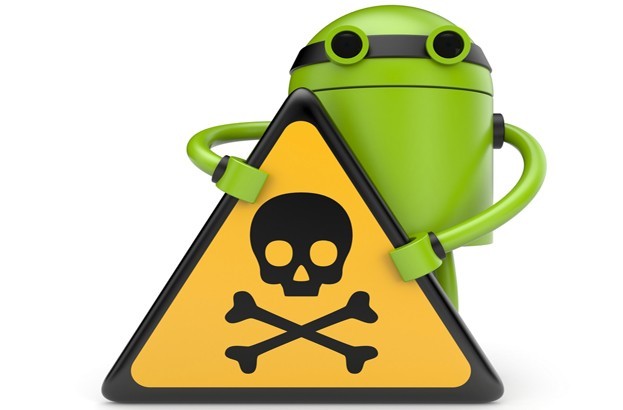Hackers manipulated the programmable logic controllers that managed the amount of chemicals used to treat the water to make it safe to drink.
Hackers breached a water company’s industrial control system and made changes to valve and flow control settings,
Verizon revealed in its latest Data Breach Digest.
The unnamed water district had asked Verizon to assess its networks for indications of a security breach. It said there was no evidence of unauthorized access, and the assessment was a proactive measure as part of ongoing efforts to keep its systems and networks healthy.
Verizon examined the company’s IT systems, which supported end users and corporate functions, as well as Operational Technology (OT) systems, which were behind the distribution, control and metering of the regional water supply.
The assessment found several high-risk vulnerabilities on the Internet-facing perimeter and said that the OT end relied heavily on antiquated computer systems running operating systems from 10 or more years ago.
Many critical IT and OT functions ran on a single IBM AS/400 system which the company described as its SCADA (Supervisory Control and Data Acquisition) platform. This system ran the water district’s valve and flow control application that was responsible for manipulating hundreds of
programmable logic controllers (PLCs), and housed customer and billing information, as well as the company’s financials.
Interviews with the IT network team uncovered concerns surrounding recent suspicious cyber activity and it emerged that an unexplained pattern of valve and duct movements had occurred over the previous 60 days. These movements consisted of manipulating the PLCs that managed the amount of chemicals used to treat the water to make it safe to drink, as well as affecting the water flow rate, causing disruptions with water distribution, Verizon reported.
An analysis of the company’s internet traffic showed that some IP addresses previously linked to hacktivist attacks had connected to its online payment application.
Verizon said that it “found a high probability that any unauthorized access on the payment application would also expose sensitive information housed on the AS/400 system.” The investigation later showed that the hackers had exploited an easily identified vulnerability in the payment application, leading to the compromise of customer data. No evidence of fraudulent activity on the stolen accounts could be confirmed.
However, customer information was not the full extent of the breach. The investigation revealed that, using the same credentials found on the payment app webserver, the hackers were able to interface with the water district’s valve and flow control application, also running on the AS/400 system.
During these connections, they managed to manipulate the system to alter the amount of chemicals that went into the water supply and thus interfere with water treatment and production so that the recovery time to replenish water supplies increased. Thanks to alerts, the company was able to quickly identify and reverse the chemical and flow changes, largely minimizing the impact on customers. No clear motive for the attack was found, Verizon noted.
The company has since taken remediation measures to protect its systems.
In its concluding remarks on the incident, Verizon said: “Many issues like outdated systems and missing patches contributed to the data breach — the lack of isolation of critical assets, weak authentication mechanisms and unsafe practices of protecting passwords also enabled the threat actors to gain far more access than should have been possible.”
Acknowledging that the company’s alert functionality played a key role in detecting the chemical and flow changes, Verizon said that implementation of a “layered defense-in-depth strategy” could have detected the attack earlier, limiting its success or preventing it altogether.








